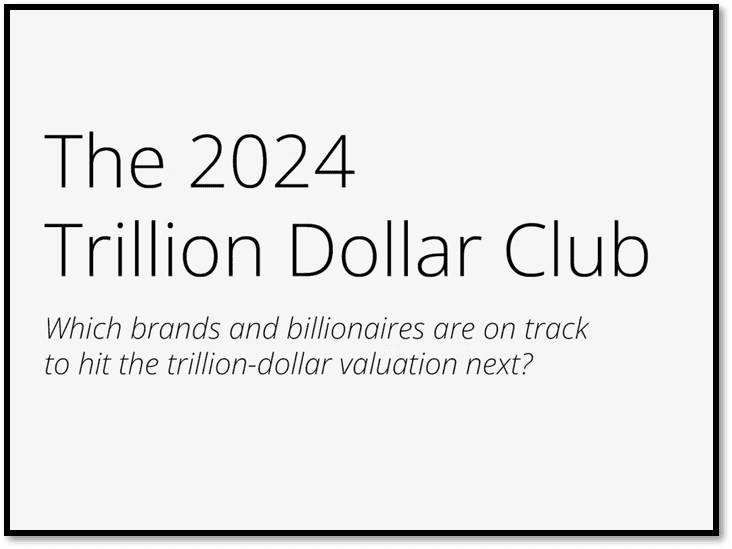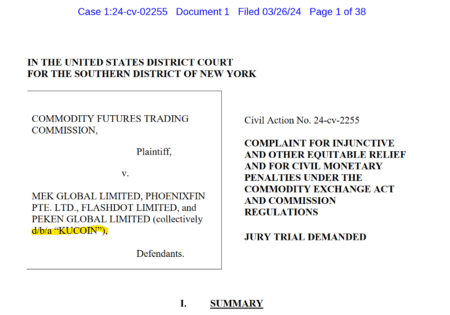The age of the trillionaire is upon us, with Elon Musk at the helm, but he won’t be alone for long. According to the 2024 Trillion Dollar Club published by the Informa Connect Academy, the rise of tech-driven wealth showcases the immense power of innovation while simultaneously raising questions about economic equality and environmental sustainability. The accumulation of gigantic fortunes around the technology sector continues.
Key Points:
- Elon Musk is projected to become the first trillionaire by 2027 with a 110% annual growth rate.
- Future trillionaires are likely to emerge from the tech sector, including Gautam Adani, Jensen Huang, Bernard Arnault, and Mark Zuckerberg.
- Wealth concentration raises concerns about economic inequality and environmental impact.
Short Narrative:
The world is on the cusp of witnessing its first trillionaire, with tech mogul Elon Musk leading the charge. Currently valued at $237-251 billion, Musk’s wealth is growing at an extraordinary annual rate of 110%. This growth, driven by his leadership roles at Tesla, SpaceX, and X (formerly Twitter), positions him to reach trillionaire status by 2027.
While Musk is in the spotlight, several other tech and business leaders are not far behind.
Other Potential Trillionaires
The report also mentions other billionaires who may achieve trillionaire status in the coming years:
- Gautam Adani: Projected to become a trillionaire by 2028, with an estimated net worth of $84 billion and an average growth rate of 122.86% per year.
- Jensen Huang: CEO of Nvidia, expected to reach trillionaire status by 2028.
- Bernard Arnault: Head of LVMH, anticipated to become a trillionaire by 2030.
- Mark Zuckerberg: CEO of Meta, projected to join the trillionaire club by 2030.
This rapid ascent of wealth among tech leaders highlights a trend where the most significant financial gains are increasingly tied to technological innovation and market dominance.
Context and Implications:
While the prospect of the first trillionaire has captured public interest since the emergence of the first billionaire in 1916, it’s worth noting that some academics view the accumulation of such immense wealth as a social issue. The report also highlights that the richest 1% of the global population contributes more to carbon emissions than the poorest 66%, raising concerns about wealth concentration and its environmental impact.





